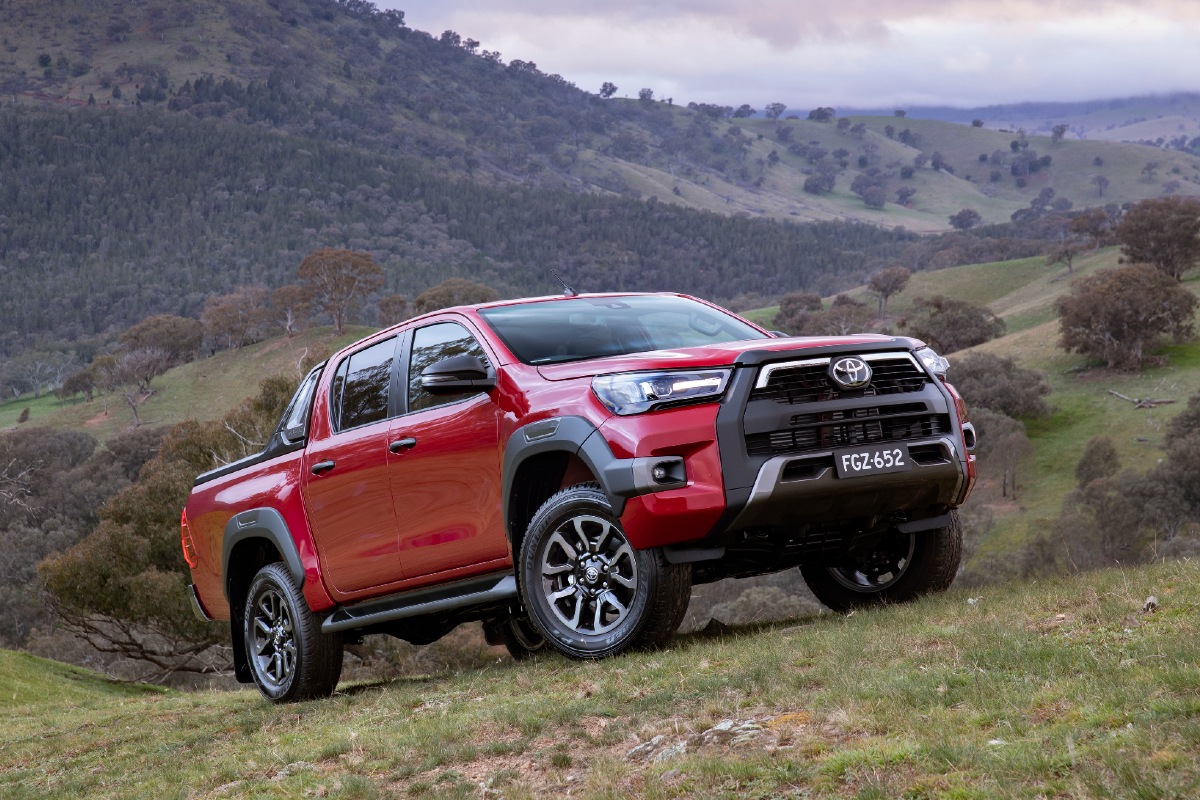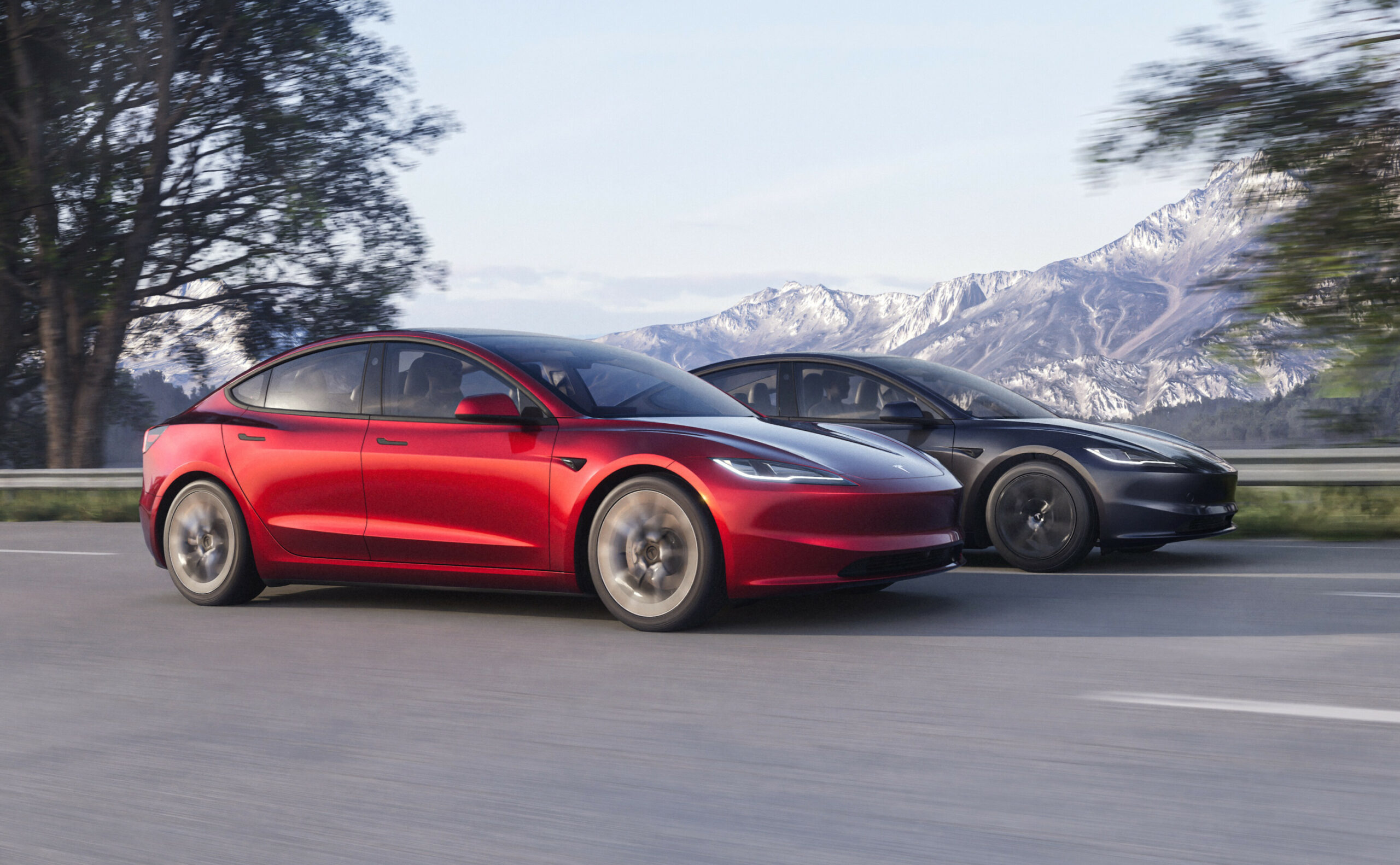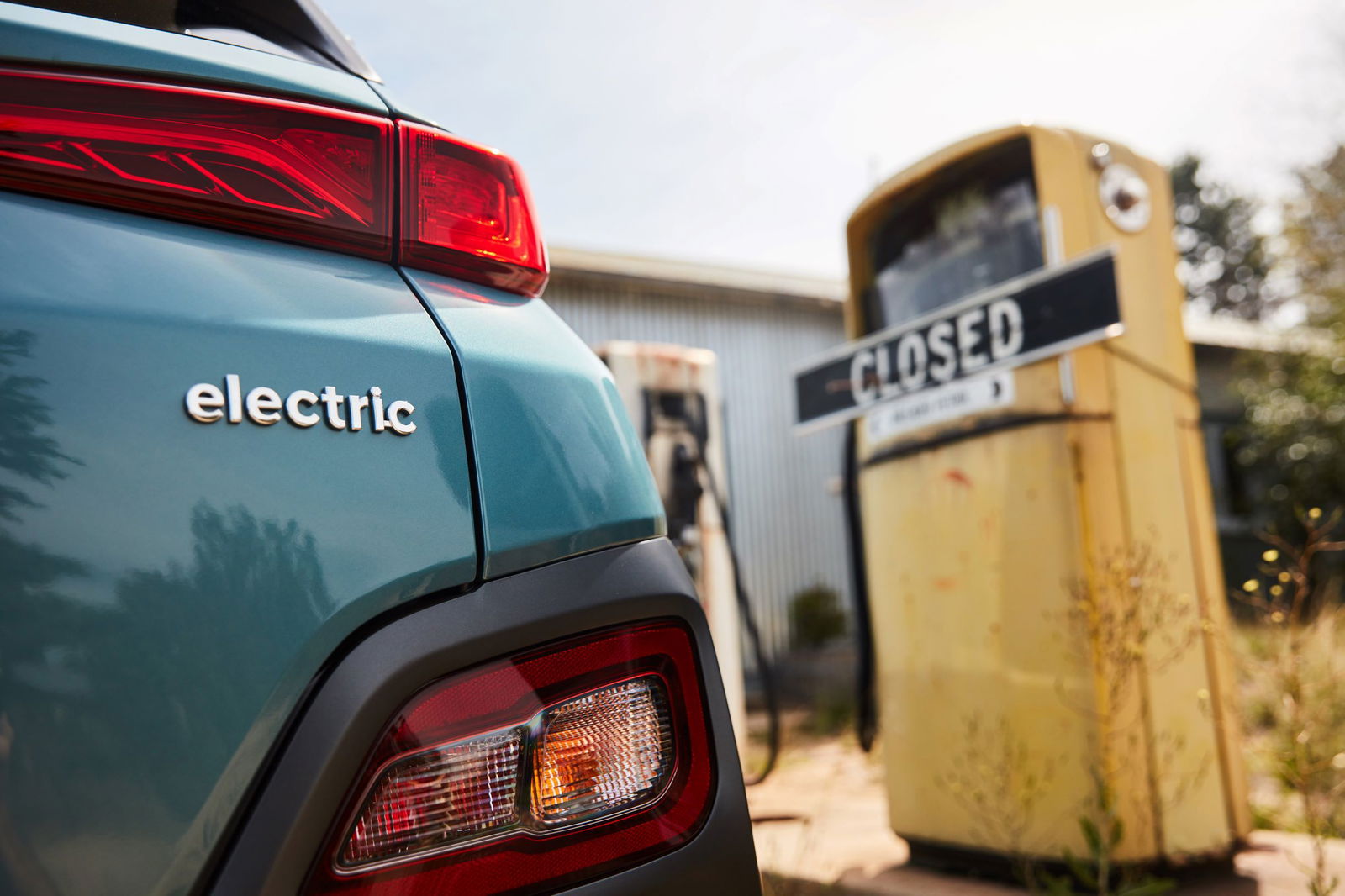
The electric vehicle market appears to have slowed after its recent surge, while sales are still up, demand appears to have softened. And it may have the brands who have already committed to an all-EV line-up sooner rather than later having second thoughts.
But should they?
In recent months we’ve seen multiple EV models take price cuts or go on sale, some have even had price reductions before they even reach the showrooms. This is a clear sign that EV demand is not what it once was. In recent years, as legislation in Europe and the USA has incentivised EVs, a flood of public commitments from car brands around the world to ramp up the amount of electric cars they offer. Some, such as Volvo, Bentley and Jaguar have decided to go all-in and ditch internal combustion engines as quickly as possible.

We’ve also seen the likes of Ford and General Motors make major investments in EVs, with high-cost projects like the Ford F-150 Lightning, GMC Hummer and Chevrolet Silverado EV, designed to try and meet the market where it is.
However, the likes of the F-150 and Silverado have been very slow selling, making up a small fraction of the total amount of the pickup trucks the brands sell in totality. Ford recently announced it won’t ramp up production of the F-150 Lightning in a Canadian factory as planned and will instead use it for more conventional models.
This doesn’t mean EVs are dead, but clearly there is a disconnect between what car companies expected and what has actually happened in the showrooms around the world. Make no mistake, EVs aren’t going anywhere, but the rate of growth has slowed.
Locally, sales remain up, as of August 2024 EVs made up 7.2 per cent of the market, which is exactly the same percentage as August 2023. However, given the flurry of new models and a raft of price cuts across the EV market, this is a clear backwards step.

In fact, if you want proof that EV demand has softened look no further than the steady flow of price cuts and sales from the big EV brands. Tesla and BYD have dropped the ask for its most popular models, while the likes of Ford, Subaru, Jeep and more have had to slash the price of their EVs before they even reach showrooms. Cutting prices before it has gone on sale is never a good sign, as it demonstrates a clear misread of the market demand.
While the overseas trends are not all positive, locally the uptake is arguably at the level it should be given the size of this market and the EV options available. The reality is, Tesla has successfully sold its Model 3 sedan and Model Y SUV to as many people who desired them, but now it needs to convince people on the fence about not only an EV, but also a mid-size sedan or SUV, which is ultimately a limited market.
Australians have always had a preference for bigger vehicles and while there are more larger EVs available these days they just don’t have mass appeal yet. The price premium, even with the rising cost of internal combustion engine models, is another major factor limiting EV uptake locally.

But there are clear signs this may only be a speed bump, rather than the beginning of the end. For starters, the introduction of the New Vehicle Efficiency Standard (NVES) in 2025 will be the first major national program to incentivise more efficient cars. That will initially mean more hybrid and plug-in hybrids, but it will inevitably help make EVs more affordable and more appealing to consumers as car brands have to cut their fleet emissions.
The best news is, Australians now have choice, there’s no mandate to drive electric but there are choices if you want – or you can stick to petrol or diesel power if that’s your preference. Over time EVs will make up more than 7.2 per cent of the market, but ignore what’s happening in the rest of the world as Australia has always been slow on the uptake of new technology.
How long that process takes, only time will tell.












Discussion about this post